A dry socket, also called alveolar osteitis, is a painful dental condition in which the wound heals abnormally after the removal of a tooth. Instead of a dark blood clot, you may find an opening which looks dry or even with the whitish bone. About 2% to 5% of the people who have been through a tooth extraction may develop a dry socket. The exact healing time depends on your condition, but tips are available below to speed it up.
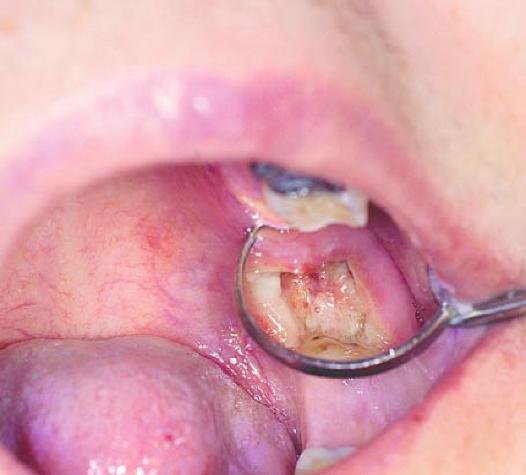
How Long Does It Take for a Dry Socket to Heal?
Normally, it takes about a week or more for a dry socket to heal, usually seven to ten days when the patient has normal blood cells count. There are a lot of factors that can vary the healing time, including dermal diseases, allergies to certain drugs and oral hygiene of the patient. Although the healing process takes about a month, the pain usually diminishes within ten days.
How to Reduce Dry Socket Healing Time
Here are a few tips which can reduce the healing time:
- Frequently visit the dental surgeon who can provide the best way to treat dry socket promptly.
- Avoid smoking or the use of tobacco after a tooth is extracted for at least a week or more.
- Avoid using a straw to drink liquids as straw may cause the clot to dislodge.
- It is strongly advised to avoid alcohol, coffee and other carbonated drinks for a week after tooth extraction.
- Hard and over-heated food that is chewy should be completely avoided after an extraction. Soft foods are preferred and semi-solid would do just fine.
- After an extraction, the dentist places a pack which must not be removed before the prescribed time.
- Usually rest for two days after a surgery and physical exertion should be avoided for a week.
- After the surgery, you need to be very gentle when brushing your teeth.
What Are the Symptoms of a Dry Socket?
The most obvious symptom of dry socket is a whitish small bony surface instead of a dark clot of blood in that area. The worse your dry socket looks, the longer the dry socket healing time will be in general. You can experience the following additional symptoms:
- After two days of tooth extraction surgery, pain starts and becomes intense and culminates by radiating towards your ear.
- Bad breath, unpleasant smell and fouled taste of the mouth
- Visibly exposed bones
- Slight fever
- Swollen lymph nodes in jaw and neck region
Home Remedies for a Dry Socket
1. Clove Oil
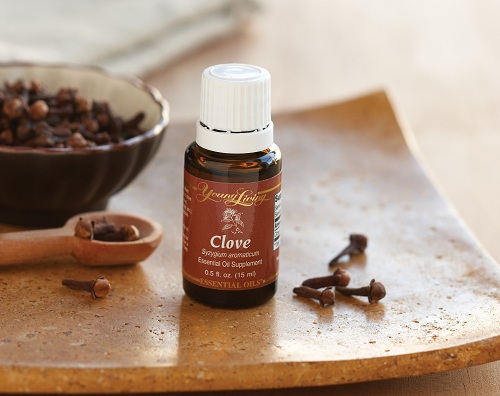 Clove oil is believed to be greatly effective to reduce dry socket healing time. It can be used to treat the socket by applying the oil directly on the hole with a cotton swab. To decrease the sting, it is preferred to first soak the cotton swab in water and then dip in clove oil. It should be done once or twice every day.
Clove oil is believed to be greatly effective to reduce dry socket healing time. It can be used to treat the socket by applying the oil directly on the hole with a cotton swab. To decrease the sting, it is preferred to first soak the cotton swab in water and then dip in clove oil. It should be done once or twice every day.
2. Saline Water
Gargling with saline water can be used to relieve the pain caused by dry 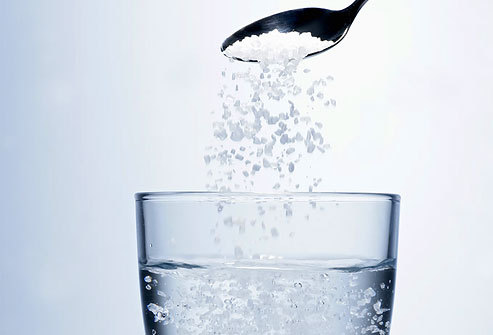 socket. You can buy it in the pharmacy or prepare it at home by mixing one cup of water and ½ teaspoon of salt. Boil for 15 minutes and apply when it cools to room temperature.
socket. You can buy it in the pharmacy or prepare it at home by mixing one cup of water and ½ teaspoon of salt. Boil for 15 minutes and apply when it cools to room temperature.
3. Yogurt
 Yogurt is a natural antibiotic and is considered to work best in dry socket treatment when consumed orally.
Yogurt is a natural antibiotic and is considered to work best in dry socket treatment when consumed orally.
4. Ice Pack
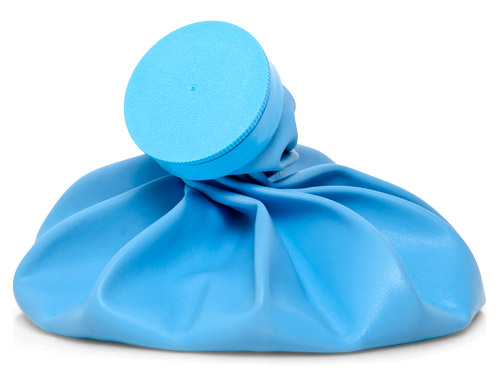 Ice pack is the best remedy to prevent jaw from swelling in a dry socket condition. But do not apply it for more than 20 minutes at a time.
Ice pack is the best remedy to prevent jaw from swelling in a dry socket condition. But do not apply it for more than 20 minutes at a time.
5. Turmeric Powder Solution
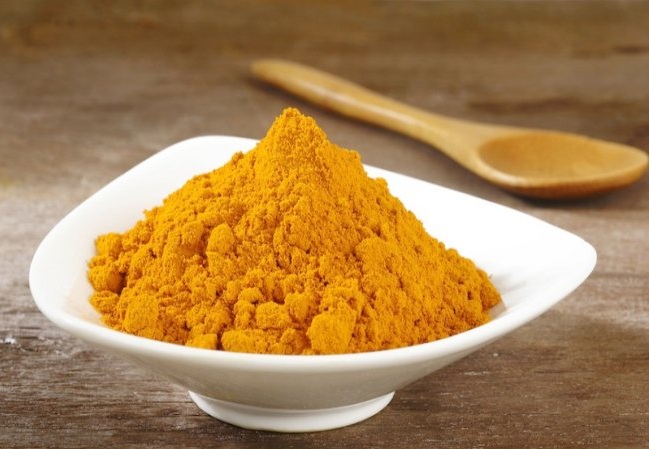 Rinsing the mouth with a mixture of turmeric powder and water provides relief from pain caused by dry socket as it is an antiseptic.
Rinsing the mouth with a mixture of turmeric powder and water provides relief from pain caused by dry socket as it is an antiseptic.
6. Gauze
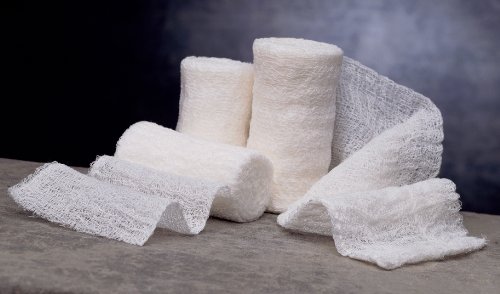 Nibbling a damp piece of gauze can prevent saliva and air to be exposed directly to the dry socket, preventing the pain from intensifying further.
Nibbling a damp piece of gauze can prevent saliva and air to be exposed directly to the dry socket, preventing the pain from intensifying further.
7. Valerian Root
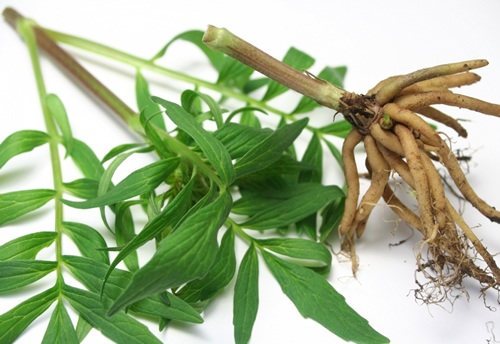 Valerian root is believed to be the best natural tranquilizer and relieves excessive pain and stress. It also speeds up dry socket healing time very effectively.
Valerian root is believed to be the best natural tranquilizer and relieves excessive pain and stress. It also speeds up dry socket healing time very effectively.
Medical Treatments for a Dry Socket
Dry socket is one of the most painful conditions in dental cases and the patient is hence given treatment on emergency basis.
1. Cleansing
The socket is cleansed with ethanol or other alcoholic substances and then sterilized to prevent the further development of scar. Finally, it is filled with medicated dressing that contains sedatives plus soothing agent such as eugenol and clove oil.
2. Medications
You can also take anti-inflammatory drugs (NSAIDs), for example, ibuprofen and aspirin, to suppress the pain and discomfort that dry socket causes. Even these medications aren’t enough to relieve the pain in some cases. The dentist usually prescribes analgesics like morphine to relieve the pain that suppresses the free-end pain receptors present in the extraction site.
3. Antibiotics
To prevent the socket from becoming infected, the dentist prescribes antibiotics and may also recommend that you rinse your mouth with salt water or any other special mouthwash daily.
